FLASH Modalities Track
FLASH Modalities look at how FLASH beams are delivered (equipment, radiation type, etc.) as well as what should be their dose rate, dose per pulse, spot scanning, and how they are measured (QA, dosimetry, and radiation protection).
This track also covers spatially fractionated radiotherapy: use of mini and microbeams of photons, electrons, protons, and heavier ions and looks at new horizons in the fields of FLASH (eg. Laser ions and Very High Energy Electrons (VHEE)), spatially fractionated radiotherapy and particle therapy, and highlights research conducted in the EU projects INSPIRE and UHD Pulse.
- This track is for anyone who wants to find out more about all types of FLASH radiotherapy and spatially fractionated radiotherapy.
- The latest information on how FLASH beams are delivered and measured, and what are the new horizons in the field
- Insights into spatially fractionated radiotherapy
- The latest developments in the field will be presented, even unpublished updates
- They will have the chance to hear from manufacturers and find out their latest news
Discover some of the highlight sessions from the FLASH Modalities Track:
FLASH MODALITIES: PROTONS & CARBON IONS
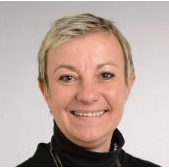
CHAIR:
Marie-Catherine Vozenin, SwitzerlandThe research projects that I develop with my team aim at finding innovative tools able to protect normal tissue and enhance tumor control. In this context, we have developed a novel modality of radiation therapy called FLASH-Radiotherapy that minimizes normal tissue toxicity and eradicates tumors in various organs including the brain, lung and skin and in various species including mice, zebrafish, pigs and cats. Much of our recent work has focused on investigating the entirely different biological response induced after FLASH exposure. Importantly, we have worked to secure the translation of FLASH-RT into clinical trials for human patients with cancer.
CHAIR:
Marie-Catherine Vozenin, Switzerland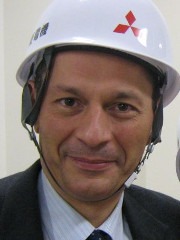
SPEAKER:
Marco Durante, GermanyProf. Dr. Marco Durante is Director of the Biophysics Department at GSI Helmholtz Center for Heavy Ion Research (Darmstadt, Germany) and Full Professor of Physics at the Technical University of Darmstadt. He is also Adjunct Professor of Physics at the University of Naples Federico II in Italy, and at the Gunma College of Medicine in Japan. Dr. Durante got his Ph.D. in physics in 1992 at the University Federico II and has worked as postdoc at the Lawrence Berkeley Laboratory (Berkeley, CA, USA), NASA Lyndon B. Johnson Space Center (Houston, TX, USA), and NIRS-QST (Chiba, Japan).
He is generally recognized as world leader in the field of particle radiobiology and medical physics and is co-author of over 400 papers in peer-reviewed scientific journals (h-index=50) and one patent on proton therapy (EU patent WO2013083333). He is currently chair of the ESA Life Sciences Advisory Group and of the ESA Topical Team on Space Radiation, vice-chair of the Particle Therapy Co-Operative Group (PTCOG), member of the technical-scientific Committee of the Italian Hadrontherapy Center (CNAO) and of the Program Advisory Committee of the GANIL (Caen, France), KVI (Groningen, The Netherlands), iThemba (South Africa), and Rez (Czech Republic) accelerators. Dr.
Durante was President of the International Association for Radiation Research (IARR) 2011-15, and is Associate Editor in several International scientific journals. He has received many grants to support his research, primarily by ESA, EU H2020, ERC, and BMBF.
SPEAKER:
Marco Durante, GermanyFLASH MODALITIES: NEW HORIZONS
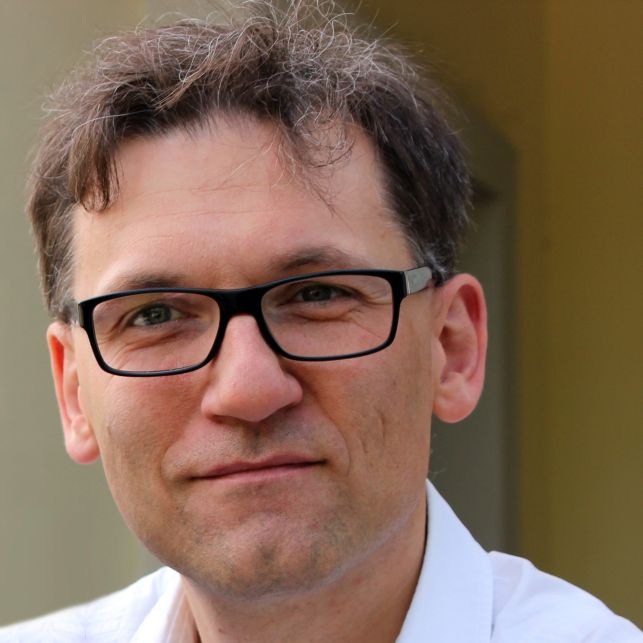
CHAIR:
Andreas SchüllerDr. Andreas Schüller is an experimental physicist. He received 2010 his PhD from the Humboldt-Universität zu Berlin with a thesis on ion beam surface interaction. Since 2011 he works as a scientist in the working group “High-energy photon and electron radiation” of the department for “Dosimetry for radiation therapy and diagnostic radiology” of the Physikalisch-Technische Bundesanstalt in Braunschweig, the National Metrology Institute of Germany. He is the coordinator of the European Joint Research Project UHDpulse – Metrology for advanced radiotherapy using particle beams with ultra-high pulse dose rates. 44 international publications.
CHAIR:
Andreas Schüller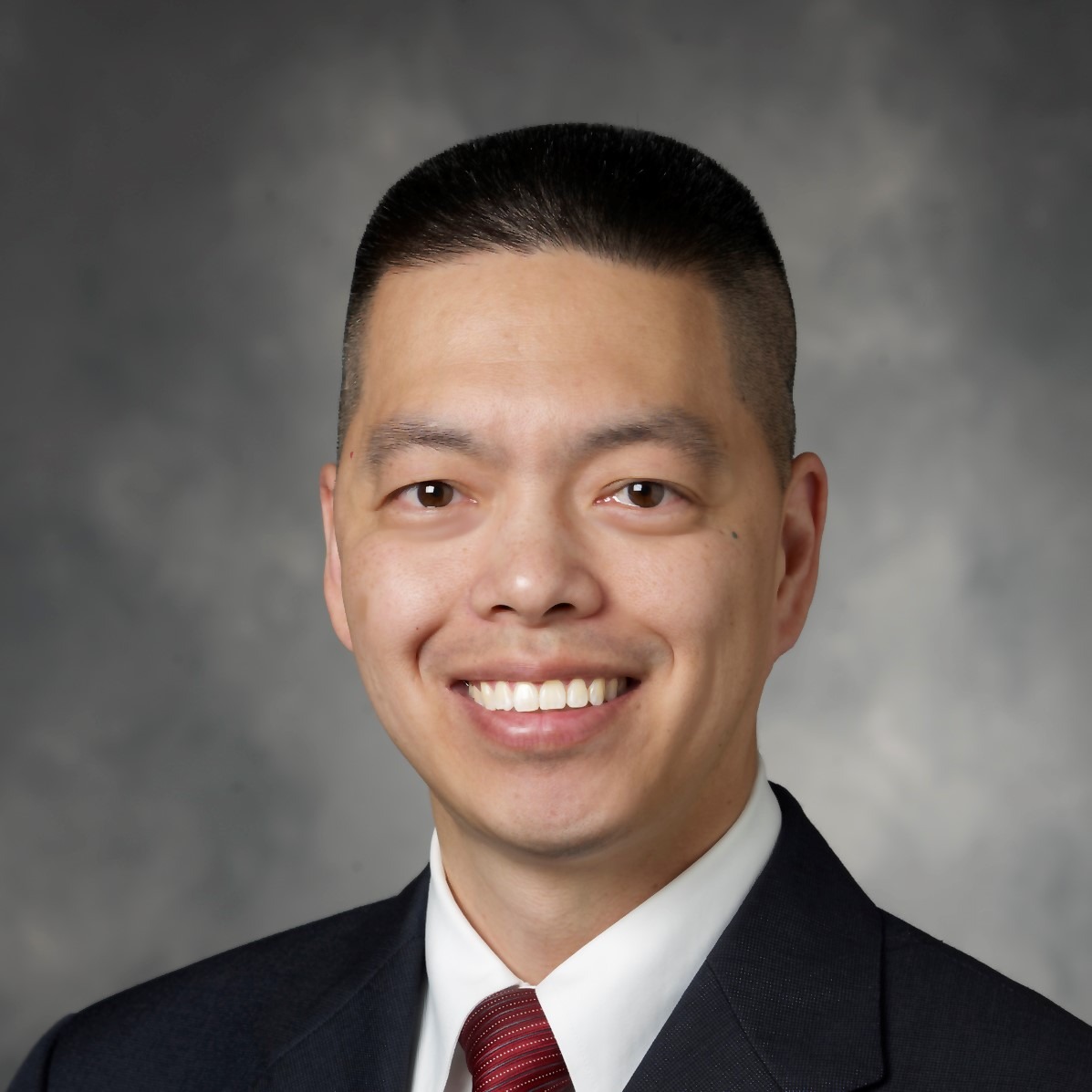
SPEAKER:
Billy Loo, USABilly W. Loo, Jr., M.D., Ph.D. is a Professor of Radiation Oncology, a member of the Molecular Imaging Program at Stanford (MIPS) in the Department of Radiology, and a member of the Stanford Cancer Institute, in the School of Medicine. He is a physician-scientist Radiation Oncologist and Bioengineer who directs the Thoracic Radiation Oncology Program at Stanford.
His clinical specialties are state-of-the-art radiation therapy for lung/thoracic cancers, including stereotactic ablative radiotherapy (SABR) and 4-D image-guided radiation therapy for lung tumors. Dr. Loo is a recognized expert in thoracic cancers serving on multiple national committees (including as writing member, chair, or vice-chair) that publish clinical guidelines on the treatment of lung cancer and other thoracic malignancies, including the National Comprehensive Cancer Network (NCCN), American College of Radiology (ACR), and American Society of Radiation Oncology (ASTRO).
His clinical research is in clinical trials and implementation of new treatment techniques for lung cancer, and development of new medical imaging methods for measuring organ function and predicting response to cancer treatment. As part of this work, he leads a clinical and preclinical research program in molecular imaging, particularly using novel PET tracers for tumor hypoxia (EF5), tumor proliferation (FLT), and neuroinflammation (PBR06). He also co-leads clinical trials of novel applications of SABR including treatment of pulmonary emphysema and cardiac arrhythmias.
Since conceiving of a fundamentally new approach to delivering ultra-rapid, ultra-precise radiation therapy, pluridirectional high-energy agile scanning electronic radiotherapy (PHASER), Dr. Loo's major laboratory research focus has been to co-lead a collaborative effort between the Stanford Cancer Institute and SLAC National Accelerator Laboratory to develop PHASER into a transformative yet clinically practical technology. This program comprises both technology development and fundamental research on the radiobiology of extremely rapid FLASH radiation therapy to optimize the biological therapeutic index.
Dr. Loo received his MD from University of California, Davis and his PhD in Bioengineering from University of California, San Francisco and Berkeley. He completed his Radiation Oncology residency training at Stanford University. He is certified by the American Board of Radiology in Radiation Oncology.
SPEAKER:
Billy Loo, USAFLASH MODALITIES: LASER-DRIVEN BEAMS
Laser-Driven Ion Beams and Ultra-High Dose Rate Radiobiology
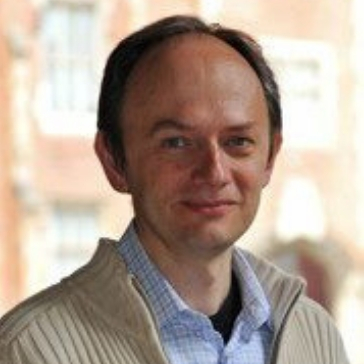
SPEAKER:
Marco Borghesi, UKMarco Borghesi is Professor of Plasma Physics at the Queen’s University of Belfast, where he is employed as an academic since 1999, and he is the director of the Centre for Plasma Physics since 2017. After undergraduate studies in Italy (Laurea in Physics at Pisa University, and PGDip in Optical Technologies at AILUN, Nuoro), he obtained a PhD in Plasma Physics at Imperial College London in 1998. His research interests lay in the area of intense laser-plasma interactions, with particular expertise in laser-driven acceleration of ion beams. He has led as PI large UK-wide EPSRC projects such as LIBRA (Basic Technology, 2007-12) and more recently A-SAIL (Programme Grant, 2013-20), aimed to the advancement of laser-ion acceleration towards future medical applications. Within these projects, he has provided key contributions to the development of innovative ion acceleration schemes, and of ultra-high dose-rate radiobiology applications employing laser-driven ions. He received in 2017 the APS John Dawson Award for Excellence in Plasma Physics Research for pioneering applications of proton radiography in high-energy density plasma.
SPEAKER:
Marco Borghesi, UKFLASH MODALITIES: VHEE
VHEE and FLASH Radiotherapy Plans and Future Prospects

CHAIR:
Marie DutreixMarie Dutreix is a Biologist (Ph.D.), director of the laboratory at the Institut Curie, president of the “Société Française du Cancer” (2012-2017) and co-founder of the company “DNA Therapeutics” (bought by Onxeo in 2016). She is a specialist of genetic instability and biological effects of radiation. She developed new strategies to treat tumours resistant to radiotherapy/chemotherapy and discovered new DNA repair inhibitors (Dbait/AsiDNA). Her work extend from basic research on DNA repair mechanisms to clinical applications of the AsiDNA inhibitors and development of innovative protocols with the high-dose rate “FLASH” irradiation. She is co-director of the Institute of Nanotechnologies and Radiation based Therapies of the University Paris-Saclay, the GDR MI2B of CNRS, the Medico-scientific program of Institut Curie. She received numerous prizes the most recent being, the prize of the Academy of Science (2016). She was awarded “Chevalier de l’ordre National du Mérite” in 2013 and “Chevalier de l’ordre de la légion d’honneur” in 2017. 102 international publications, 12 patents.
CHAIR:
Marie DutreixSPEAKER:
Roger Jones, UKProf. Jones is the Head of the Accelerator Physics Group at the University of Manchester. For more than a decade he has been leading his own personal team of half a dozen Ph.D. students and postdoctoral researchers focussed on Very High Energy Electron (VHEE) studies with application to FLASH radiotherapy. This has entailed ground breaking experiments on dose studies and DNA damage at CERN and Daresbury Laboratory, and on simulations of dose deposition and DNA damage. Prior to his VHEE work Prof. Jones was pursuing research on on linear colliders (LC) in collaboration with CERN, KEK, Fermilab and LLNL whilst a senior scientist at SLAC (part of Stanford University). This research entailed a global effort focussed on building a necessarily robust and stable machine capable of delivering a center of mass energy of 3 TeV –achieved using several thousand linac structures. Some of the recent work of his current VHEE team entails designing a medical machine capable of rapidly delivering high dose rates at 250 MeV for radiotherapy – capitalising on LC research which in this though case only requires a small fraction of the several thousand linacs needed for particle physics.
Prof. Jones will review some key results in VHEE with application to FLASH radiotherapy and discuss the potential for future R&D in this area
SPEAKER:
Roger Jones, UKTo find out more about the other tracks of FRPT 2021 scientific programme, click on the buttons below.
